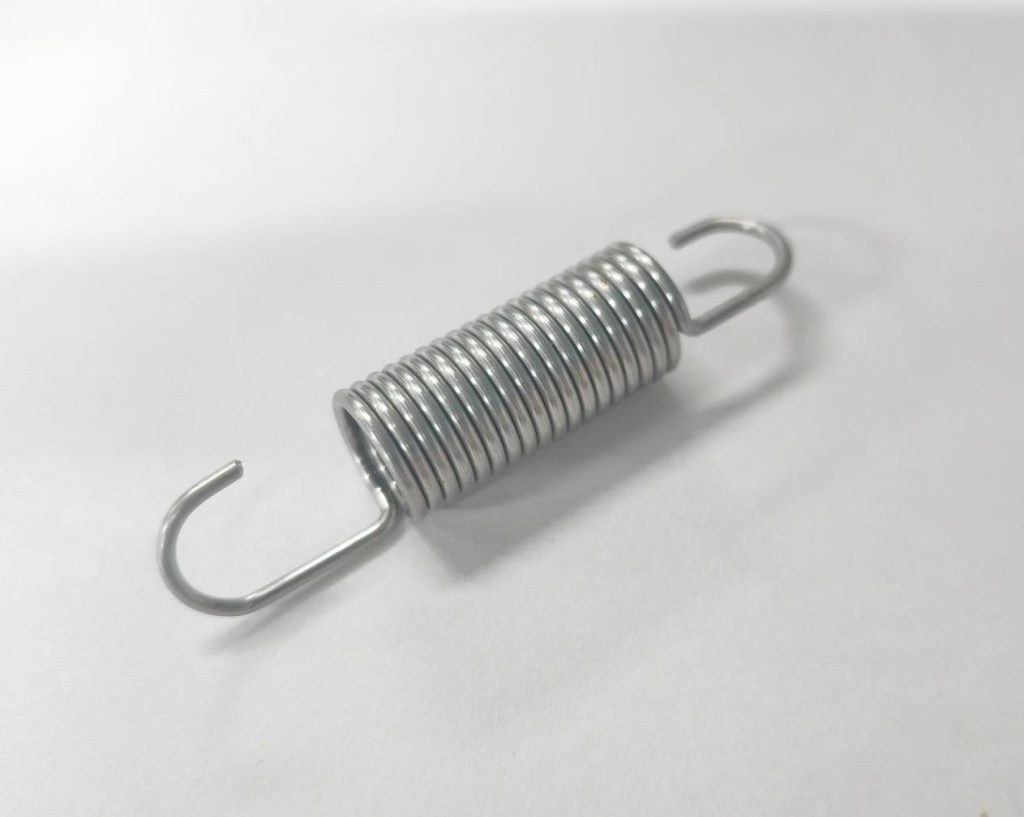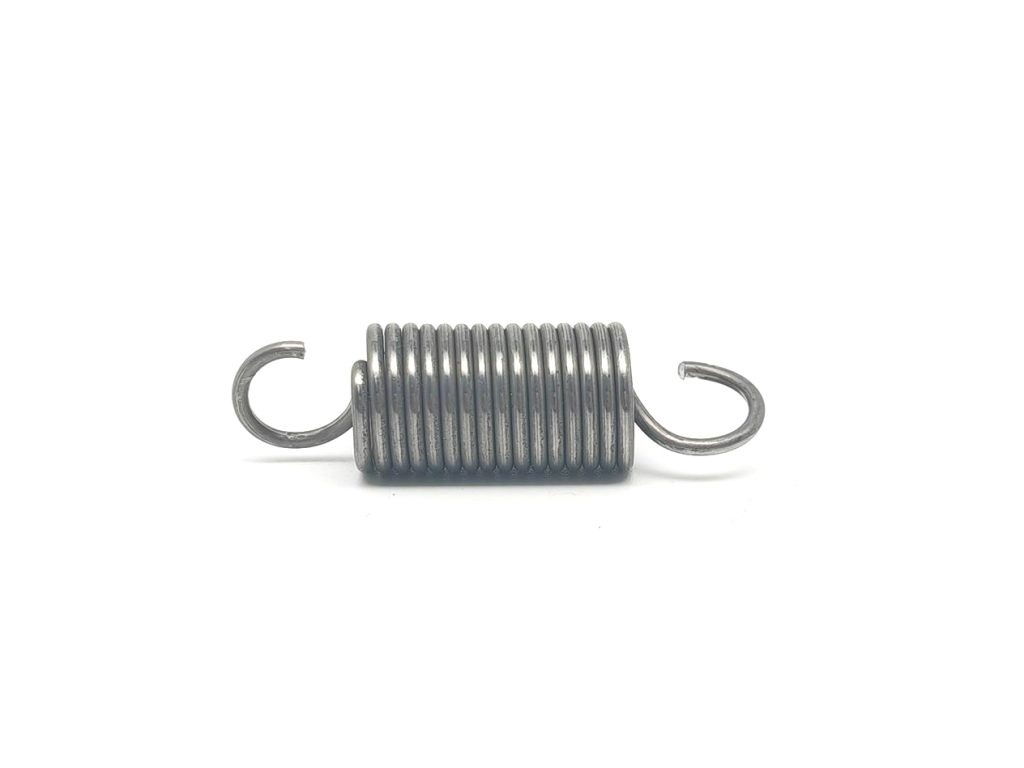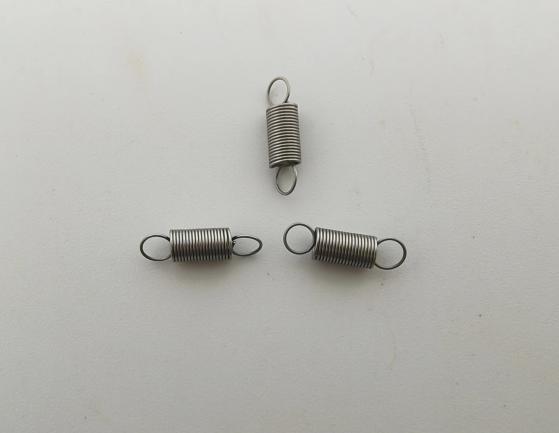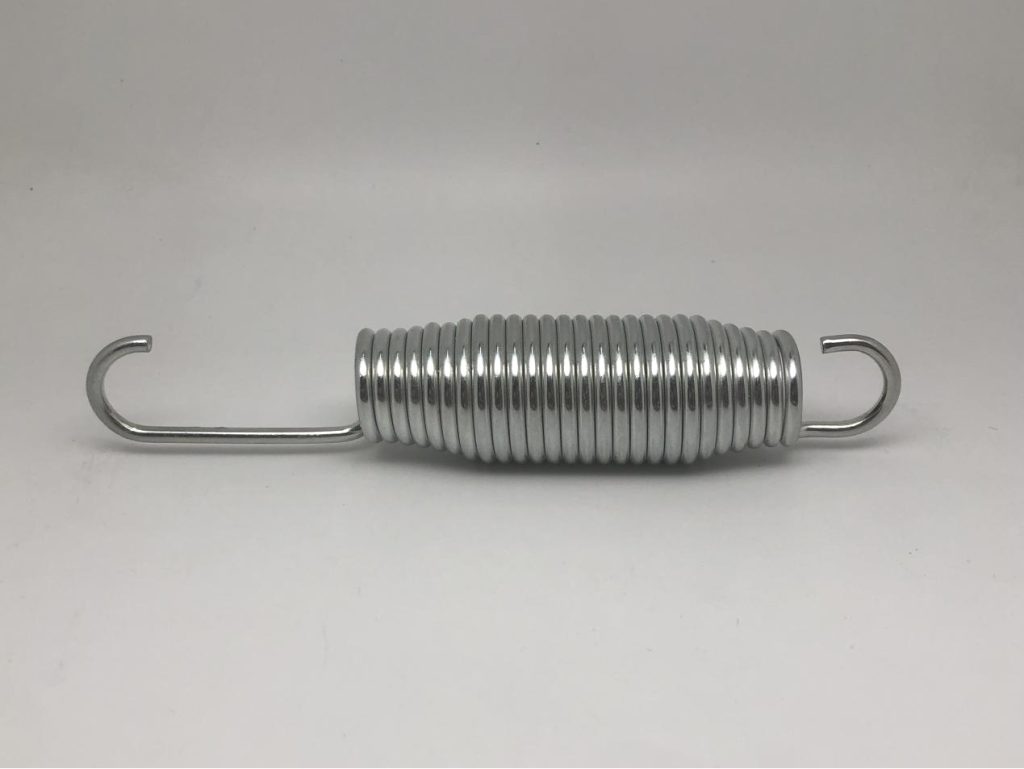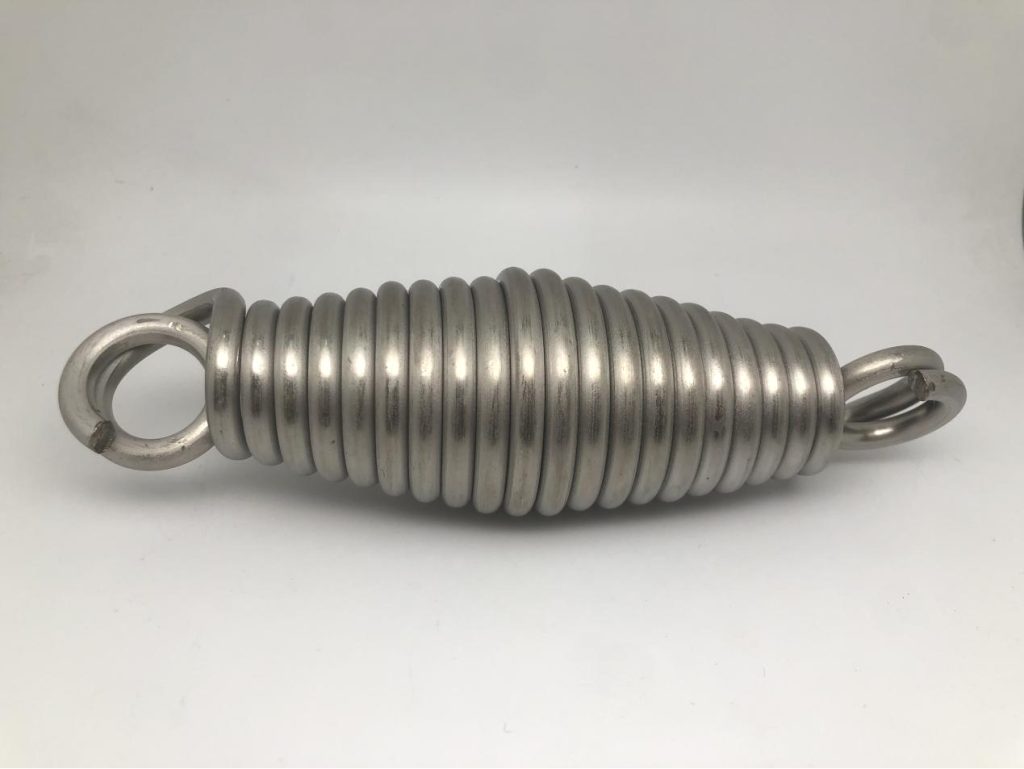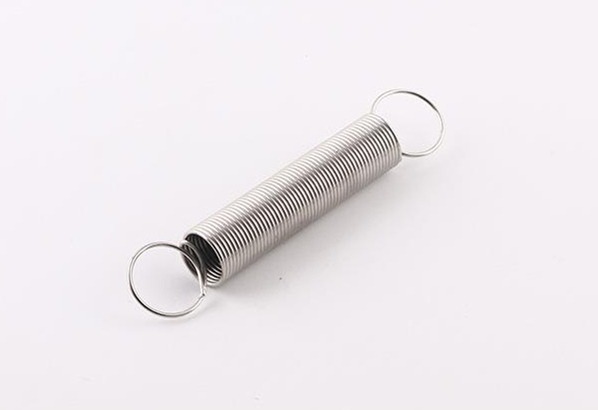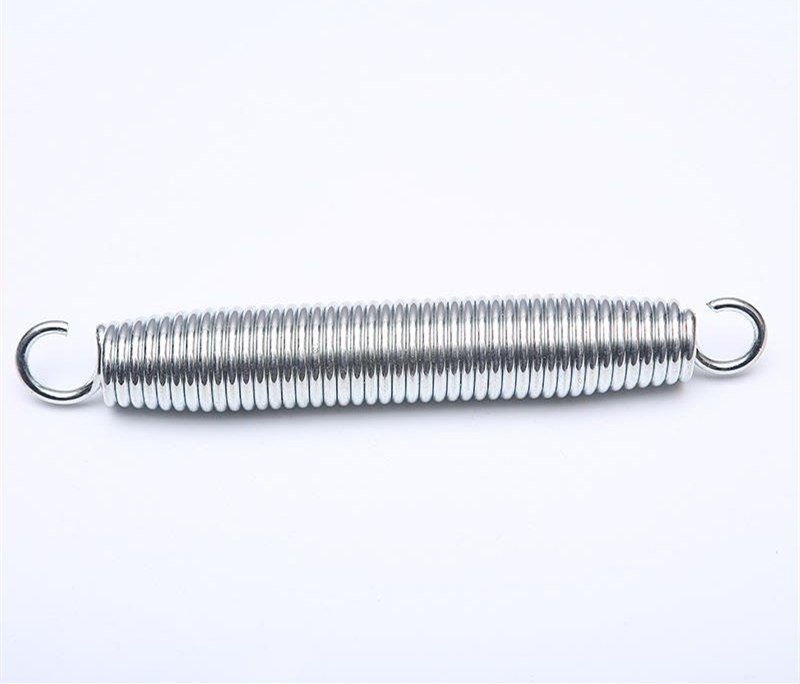10 Common Uses of Extension Springs
Table of Contents
The uses of extension springs span across a wide range of industries, including manufacturing, technology, transportation, energy, construction, household appliances, agriculture, toys, sports, and renewable energy. This article explores the multifaceted roles of extension springs across these industries, highlighting their critical contributions to modern technological and industrial advancements.
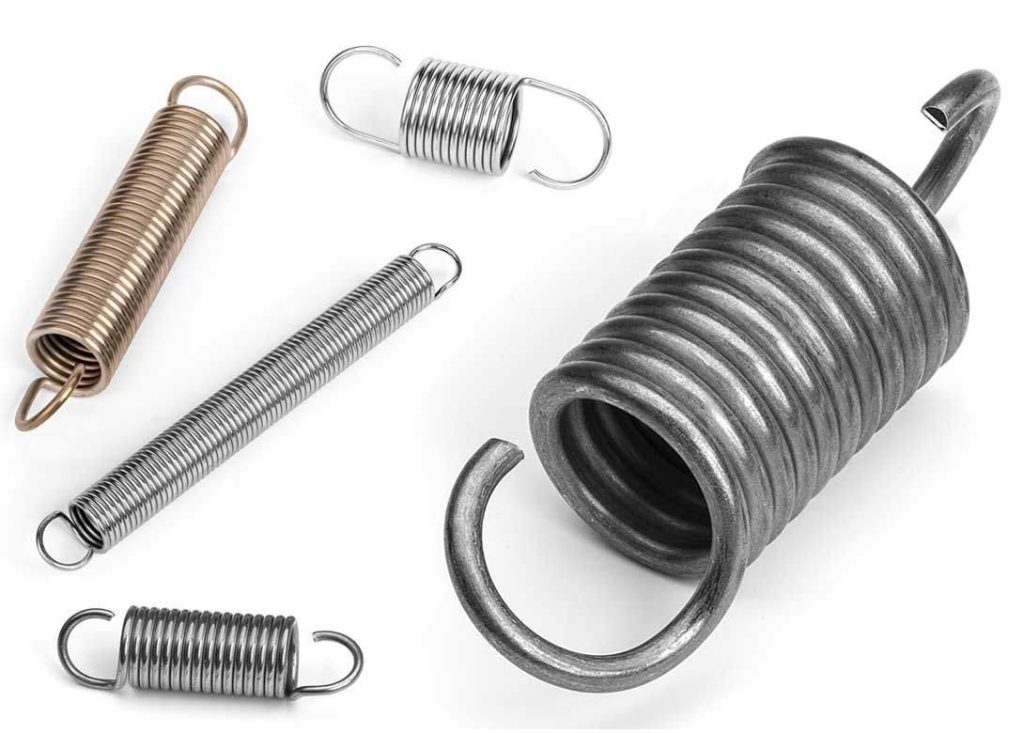
1. Uses in Industrial
Role in Mechanical Assemblies
In industrial settings, extension springs play a vital role in mechanical assemblies. They provide the necessary preload to ensure tight fitting of components, which is essential for maintaining the precision and durability of products.
- Providing Preload for Tight Component Fit: Extension springs are used to apply a constant force that keeps components tightly fitted together, ensuring they remain secure during operation. This preload minimizes the risk of parts loosening due to vibrations or thermal expansion.
- Enhancing Product Precision and Durability: By maintaining consistent tension, extension springs help improve the accuracy and longevity of products. They reduce wear and tear on components, which in turn enhances the overall durability of industrial equipment.
Maintenance and Efficiency Improvements
In addition to their role in assemblies, extension springs contribute to maintenance efficiency and operational safety by enabling automatic reset functions.
- Automatic Reset Through Elastic Recovery: The elastic recovery property of extension springs allows mechanical systems to return to their original state after being displaced. This automatic reset feature reduces the need for manual adjustments, making maintenance procedures quicker and less labor-intensive.
- Reduced Need for Manual Intervention: Extension springs minimize the frequency of manual interventions required in industrial machinery, thus improving overall operational efficiency and reducing downtime.
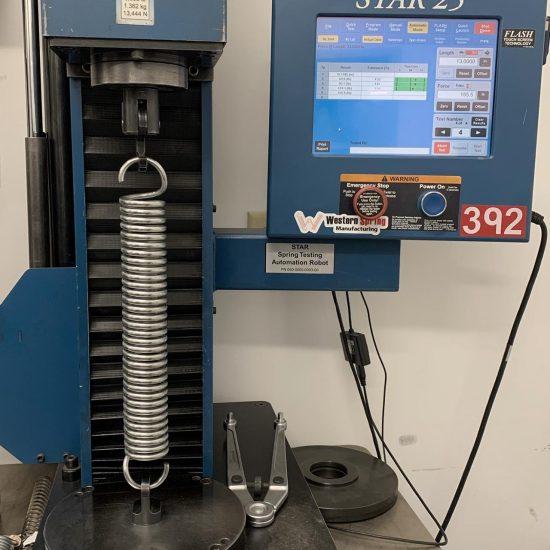
2. Uses in Technology
Increase Precision in Computer Hardware
In the technology sector, extension springs are critical in ensuring the functionality and user experience of computer hardware.
- Key Tactile Feedback in Keyboards: Extension springs are integral to the operation of mechanical keyboards, where they provide the tactile feedback essential for accurate typing. The spring’s resistance and rebound contribute to the keyboard’s responsiveness, enhancing the typing experience.
- Microspring Functionality: In precision devices like micro-electromechanical systems (MEMS), micro springs ensure the smooth operation of tiny components. These springs allow for precise control of movements within the hardware.
Enhance Protection and Connectivity in Electronics
Extension springs play a protective role in electronic devices by ensuring stable connections and safeguarding sensitive components.
- Shielding Circuit Boards from Vibrations: In electronic devices, extension springs are used to secure circuit boards, protecting them from vibrations and shocks that could cause malfunctions or damage.
- Ensuring Connection Reliability: The constant tension provided by extension springs ensures that electrical connections remain intact, even under conditions of stress or movement, thereby improving the reliability of electronic systems.
Keep Stability in Extreme Environments
Extension springs provide crucial stability and protection in extreme environments, such as marine technology.
- Marine Technology Applications: Extension springs are used in marine technology to absorb shocks and vibrations, protecting sensitive equipment from damage due to harsh sea conditions.
- Sensor and Equipment Shock Absorption: The springs help ensure the stability and accuracy of sensors and other equipment by mitigating the impact of external forces, thus maintaining the integrity of data and operations.
Extension Springs used in Technology
3. Uses in Transportation Sector
Automotive and Rail Suspension Systems
Extension springs are essential components in the suspension systems of automobiles and trains, contributing to ride comfort and vehicle stability.
- Absorbing Shocks for Smooth Rides: In suspension systems, extension springs absorb the shocks from uneven road surfaces, ensuring a smooth and comfortable ride for passengers.
- Passenger Comfort Enhancement: By reducing vibrations and jolts, these springs enhance the overall comfort of passengers, particularly in vehicles traveling over long distances or on rough terrain.
Aerospace Safety and Precision
In the aerospace industry, extension springs are used in critical safety systems and precision mechanisms.
- Aircraft Landing Gear Cushioning: Extension springs are part of the landing gear system in aircraft, where they absorb the impact of landing, protecting the aircraft structure and ensuring a smooth touchdown.
- Emergency Release Systems: The reliability of extension springs is crucial in emergency release systems, where they ensure the timely deployment of safety mechanisms, such as parachutes or emergency exits, thereby safeguarding lives.
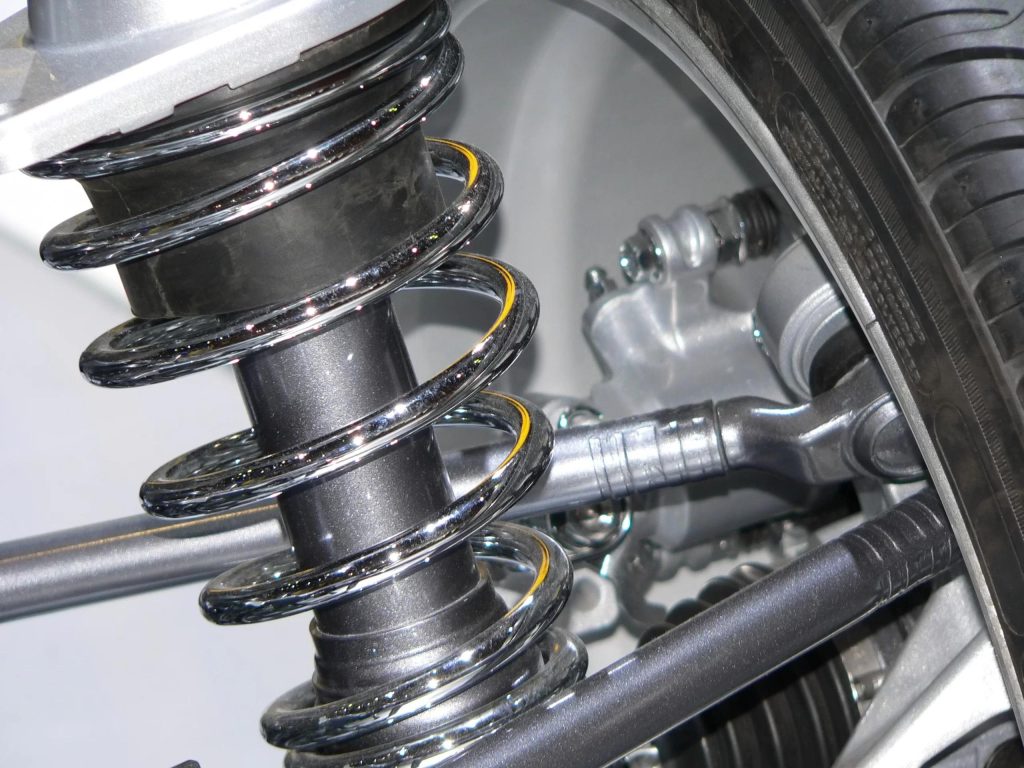
4. Uses in Energy Field
Nuclear, Wind, and Solar Energy Regulation
Extension springs play a significant role in the energy sector by regulating and controlling the conversion and distribution of energy.
- Stable and Safe Energy Conversion: In nuclear power plants, wind turbines, and solar panels, extension springs ensure the stability and safety of energy conversion processes by maintaining the correct tension in control systems.
- Efficiency in Control Mechanisms: These springs contribute to the efficient operation of control mechanisms in energy systems, reducing the likelihood of malfunctions and improving overall energy output.
- Reduced System Failures: By maintaining tension and ensuring proper operation of energy control systems, extension springs help reduce the incidence of system failures, leading to more reliable energy production and distribution.
- Increase Energy Efficiency Optimization: The role of extension springs in optimizing the tension and movement within energy systems leads to more efficient energy use and conversion, contributing to sustainability and cost-effectiveness.
5. Uses in Construction Industry
Gain Precision in Heavy Machinery
In construction, extension springs are used to enhance the precision and stability of heavy machinery.
- Shock Absorption in Excavators: Extension springs absorb the shocks experienced by excavators during operation, protecting the machinery from damage and ensuring precise movements.
- Control in Crane Operations: These springs also provide critical control in crane operations, where they help manage the movement of loads, ensuring safety and accuracy.
Raise Elevator Safety Mechanisms
Safety is a paramount concern in elevator systems, where extension springs play a protective role.
- Overload Prevention: Extension springs are integrated into elevator safety systems to prevent overload by absorbing excess force and ensuring the system remains stable.
- Emergency Fall Protection: In the event of a malfunction, these springs act as a failsafe by providing emergency protection against falls, ensuring the safety of passengers.
6. Uses in Household Appliances
Extension springs are essential in household appliances, where they significantly improve durability and user experience. Here’s how they contribute:
- Door Lock Stability: In washing machines, extension springs ensure secure door locks, preventing accidental openings during operation.
- Shock Absorption: These springs absorb shocks and vibrations, contributing to the smooth and quiet operation of appliances like washing machines and dishwashers.
- Longevity: By reducing wear and tear, extension springs extend the lifespan of household appliances, enhancing their durability.
- Improved Functionality: The presence of extension springs ensures that appliances operate reliably, making daily tasks more convenient and efficient.
- Seamless Operation: Though often unseen, extension springs play a vital role in the smooth, hassle-free functioning of household devices.
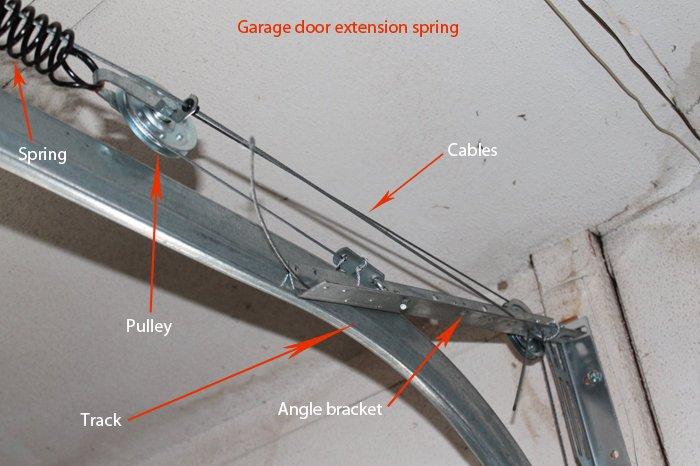
Extension springs used in Household Appliances
7. Uses in Agricultural Machinery
In agricultural machinery, extension springs are key to improving efficiency and protecting crop quality. Their contributions include:
- Force Adjustment: In tractors and harvesters, extension springs adjust the force applied to the ground, ensuring uniform tillage across varying soil conditions.
- Crop Damage Minimization: By providing the right amount of tension, these springs help minimize damage to crops during harvesting, preserving their quality.
- Optimal Performance: Extension springs adapt to different soil conditions, ensuring that farming equipment performs at its best, leading to higher yields.
- Increased Efficiency: With the help of extension springs, agricultural machinery operates more efficiently, reducing waste and enhancing productivity.
8. Uses in Toy Manufacturing
Extension springs play a vital role in the world of toys, adding both fun and safety to the experience. Here’s how they contribute:
- Dynamic Movement: Extension springs create engaging movement and bounce effects in toys, capturing children’s attention and making playtime more interactive.
- Smooth Operation: By ensuring that moving parts operate smoothly, these springs help prevent mechanical malfunctions, which enhances both the longevity and safety of the toys.
- Safety Assurance: The controlled movement provided by extension springs reduces the risk of injury, especially in toys with moving components.
- Creativity and Engagement: Extension springs encourage children to explore and interact with their toys, fostering creativity and learning through play.
- Variety in Applications: From simple spring-loaded action figures to complex mechanical toys, these springs bring life, excitement, and safety to the world of play.
9. Uses in Sports Equipment
In sports equipment, extension springs are crucial for both performance enhancement and participant safety. Their contributions include:
- High Jumps and Cushioned Falls: In trampolines, extension springs provide the force needed for high jumps while also cushioning falls, minimizing the risk of injury.
- Durability and Functionality: These springs enhance the durability of sports gear, allowing athletes to train harder and push their limits safely.
- Skill Development: By ensuring consistent performance, extension springs help athletes improve their skills and physical abilities.
- Safety in Competitive and Recreational Activities: Whether in professional sports or casual play, the reliability of extension springs plays a key role in maintaining safety standards and optimizing performance.
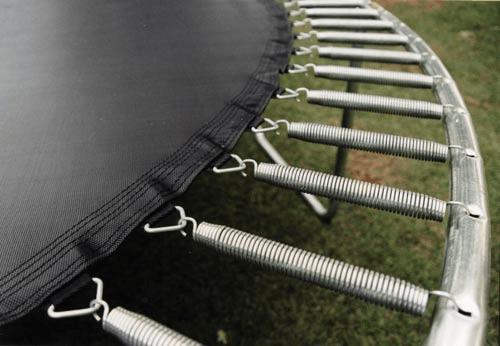
10. Uses in Renewable Energy Devices
Extension springs are crucial in the renewable energy sector, where they enhance energy capture and system efficiency. Their roles include:
- Blade Angle Regulation: In wind turbines, extension springs adjust the angles of the blades, ensuring optimal wind energy capture and maximizing overall energy output.
- Automatic Sun Orientation: In solar trackers, these springs enable automatic adjustment of solar panels to follow the sun’s movement, ensuring maximum sunlight absorption throughout the day.
- Hydraulic System Control: Extension springs help balance and control hydraulic systems, contributing to the safe and efficient operation of renewable energy devices.
- Energy Efficiency: By ensuring precise adjustments and stable operations, extension springs play a vital role in improving the efficiency of renewable energy systems.
- Environmental Impact Reduction: Through their role in optimizing energy capture, extension springs support the transition to renewable energy, helping to reduce the environmental impact and promote sustainability.
In short, extension springs not only play an indispensable role in various fields of modern industry, but also key components for connecting, controlling, damping, adjusting, and other multifunctional functions due to their unique elastic properties.

